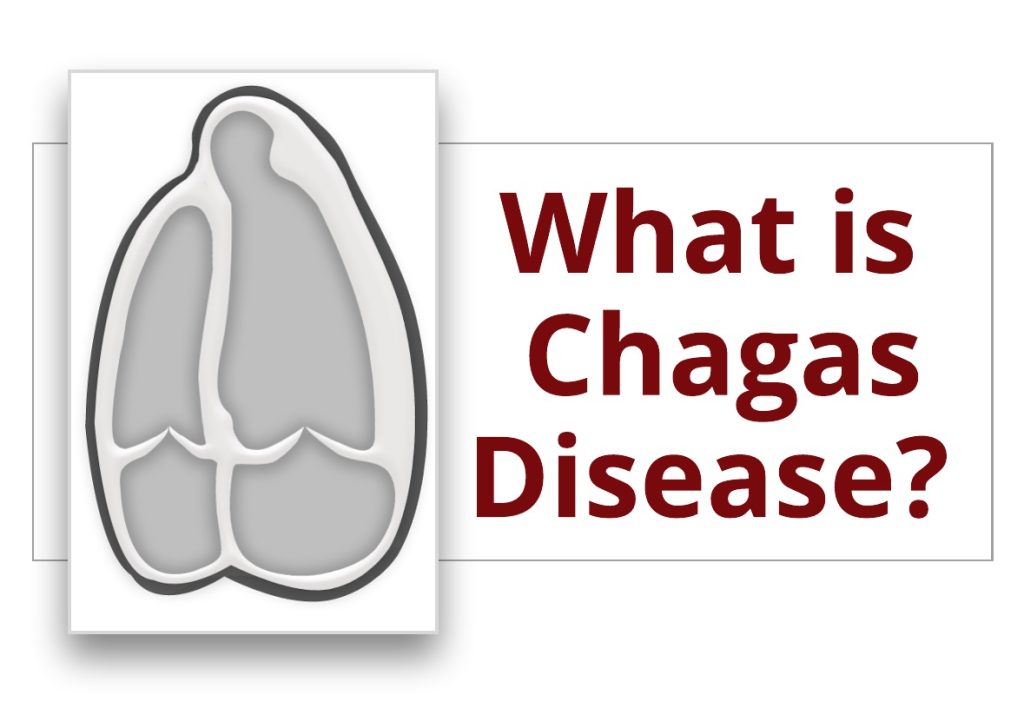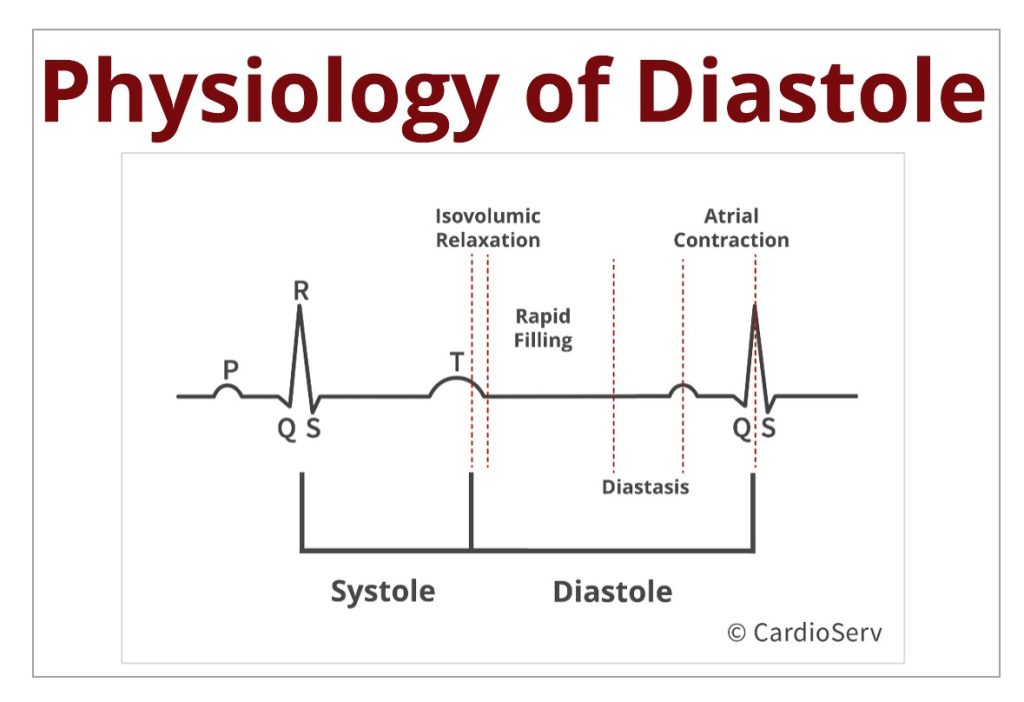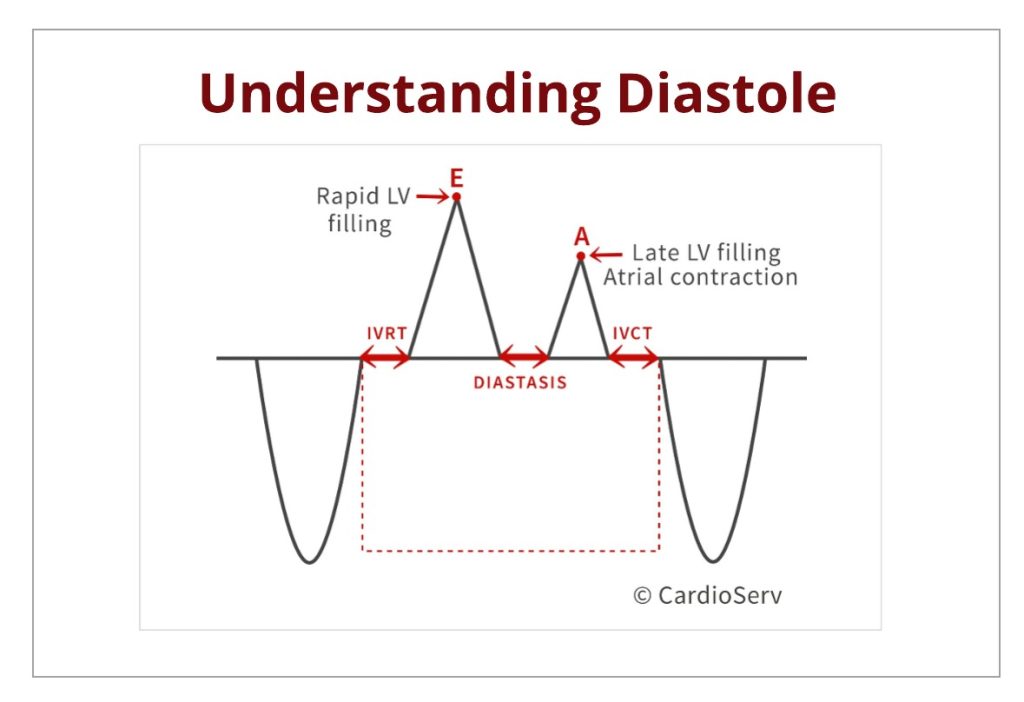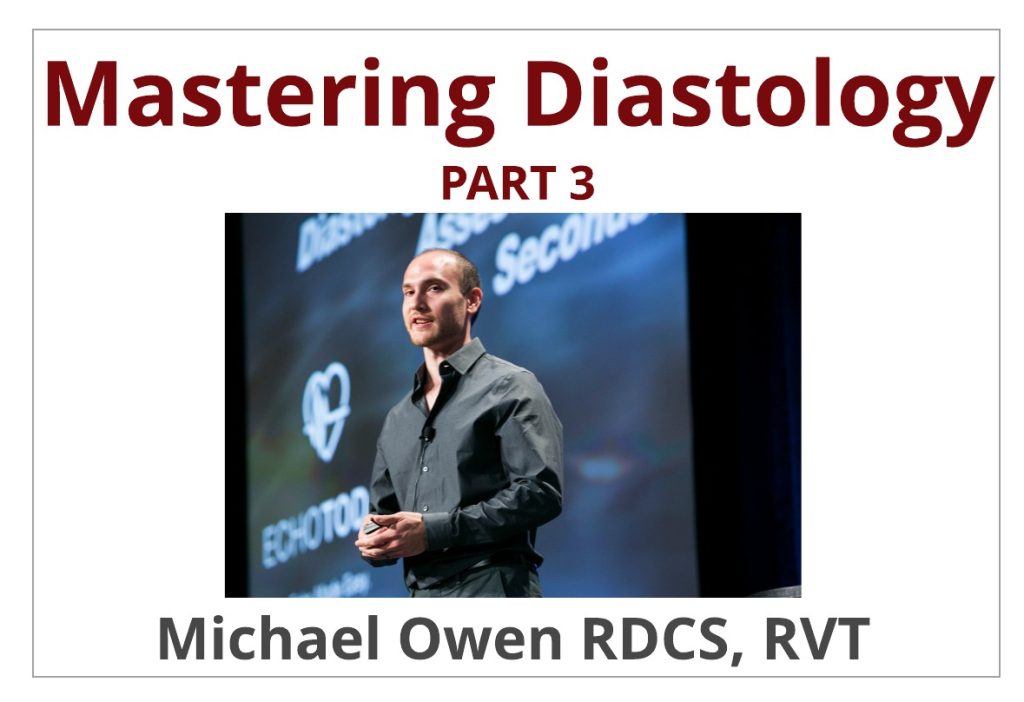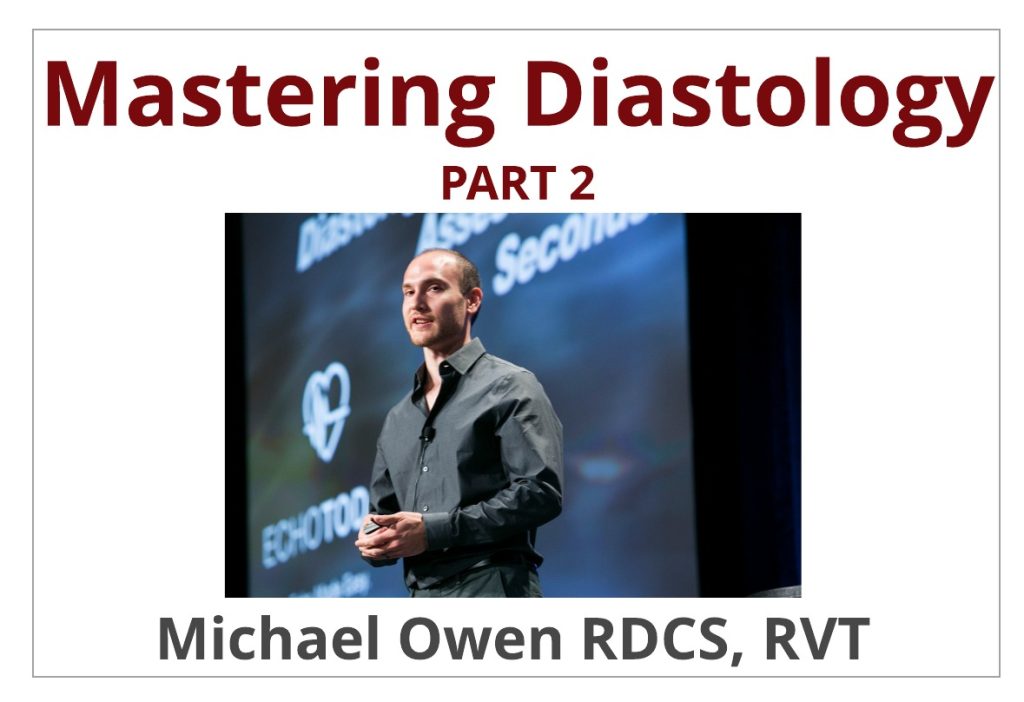7 Components for a Complete MitraClip Echo Protocol
As the MitraClip procedure becomes more available to hospitals it is imperative that sonographers understand the goals of the transthoracic echocardiogram prior to the MitraClip procedure. In this blog we will review the 7 components for a complete MitraClip echo protocol..
7 Components for a Complete MitraClip Echo Protocol Read More »


